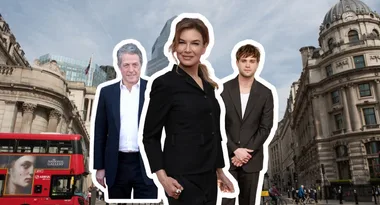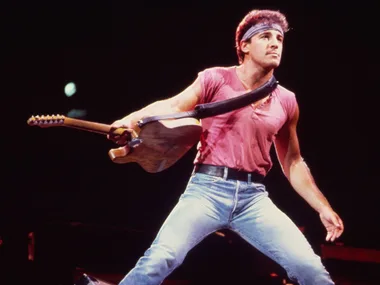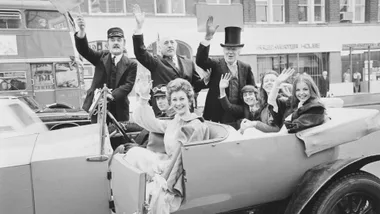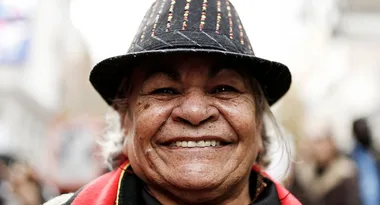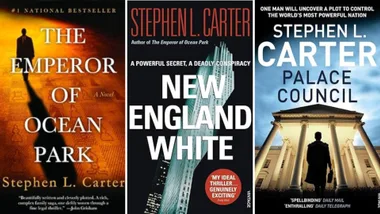WARNING: The below story contains major spoilers for Once Upon A Time in Hollywood that we guarantee will ruin your viewing experience if you haven’t already seen the film. We strongly suggest you don’t read any further if you’ve yet to view the movie.
The shock ending of Once Upon a Time in Hollywood has left audiences variously cheering, confused, disoriented, and even disappointed. But however you felt about the way things turned out, it’s likely you might have some questions.
WATCH the film’s trailer below…
With much of the film offering a sinister build up to one of the most famous and horrific crimes of the 1960s – the Manson Family murders of actress Sharon Tate and her friends Jay Sebring, Abigail Folger and Wojciech Frykowski at the star’s Cielo Drive home – audiences are filled with creeping unease and dread as the movie reaches its expected bloody end.
But then at the climax, history is seemingly altered, as Leonardo DiCaprio’s character, Rick Dalton, interrupts members of the Manson gang – Tex Watson, Susan Atkins, Linda Kasabian, and Patricia Krenwinkel – leading to three of them being brutally killed before they have the chance to slaughter heavily pregnant Tate and her housemates.
So, what does it all mean? There are two popular explanations – so take your pick.
The first is the most likely, as it converges with director Quentin Tarantino’s artistic history and some of his own statements about his work process.
In the past he has played outrageously with history, most famously killing Adolf Hitler in a Paris cinema in his World War II film Inglourious Basterds. For those of you who weren’t paying attention in history class, this definitely did not happen – he suicided in his Berlin bunker as Germany fell.

‘I thought what am I going to do [with Hitler], and I finally decided, just kill him,’ Tarantino has said of his controversial decision to radically step outside of legitimate history for the sake of art and entertainment.
‘So, I took a piece of paper, and I just wrote on it, “just f-ing kill him”. And I put it by my bedside table and I went to bed. The next morning I still thought it was a great idea, so I did it.’
The director has extensive form in inserting revenge fantasy endings into his pseudo-historical works, notably having Jamie Foxx’s title character in the slavery-era drama Django Unchained massacre a slave plantation owner and his cronies, even blowing up the plantation house.
But unlike the fictional Django, Once Upon A Time in Hollywood deals with famous people from recent history.
After the shock ending, the title of the film appears – for the very first time – on screen, hammering home that this is a fairy tale retelling of true events, which features a decidedly Hollywood conclusion.
It seems that much like the fictionalised killing of Hitler, the ending of Once Upon A Time in Hollywood constitutes a revenge fantasy, taking place in an imagined history, and is a commentary on the way Hollywood works to reshape reality.
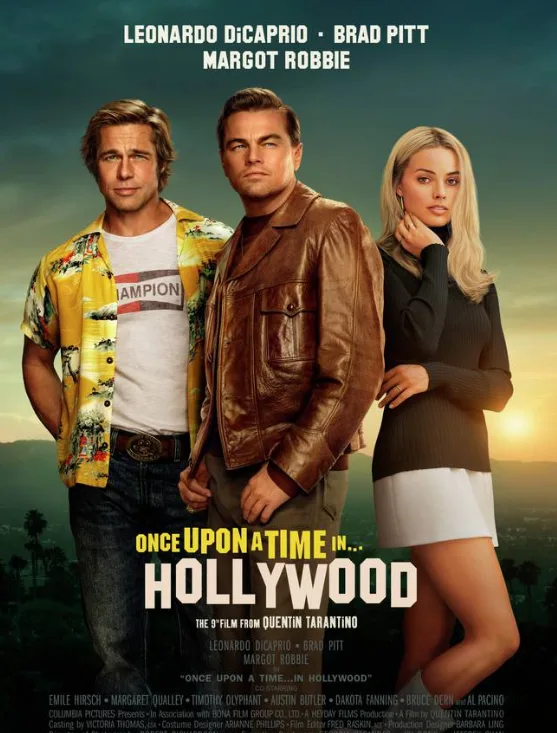
The second explanation for the ending is more bizarre, but also strangely credible.
Before the killing spree begins, Brad Pitt’s character Cliff Booth smokes an LSD-laced cigarette, that he had previously bought from Manson acolyte Pussycat.
The hallucinogenic effects are shown kicking in prior to the Manson Family’s arrival – but were the massacre of the evil trio and the happy ending for Tate just a hallucination? Did the killers really continue on their path to kill the actress and her companions, while Booth fell into his hallucinatory alternate ending; something that only happened in his head?
It’s often said that the Manson killings were the definitive ending point of the 1960s. Did the acid trip change that – from Cliff’s point of view at least – by offering another outcome where what really happened is blotted out by some very 1960s drug-fuelled delusion?
The fact the ending is seemingly shown from the perspectives of multiple characters, and continues after Booth is taken away to the hospital, casts doubt on this.
Whatever the explanation, it’s an ending that will have people talking for years to come.
